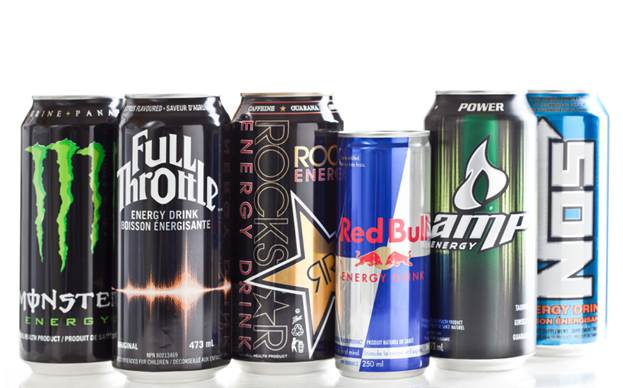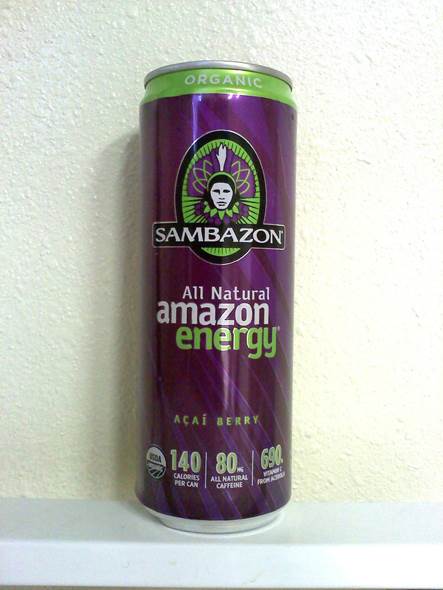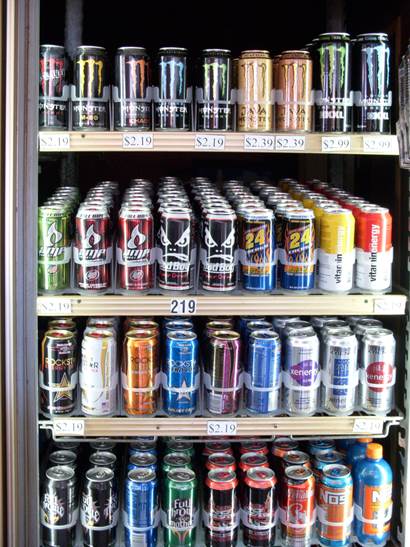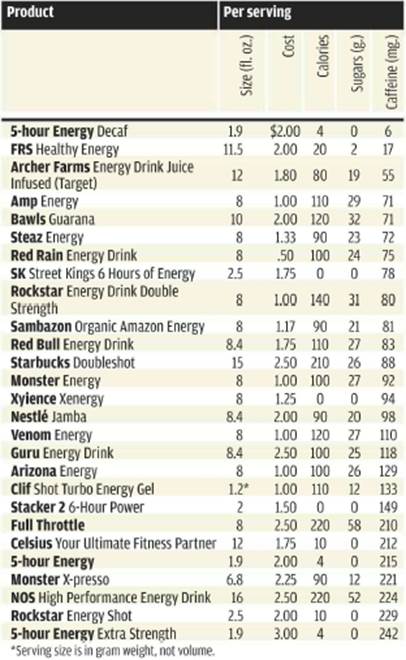They’re everywhere: Beverages that promise
to keep you energized, revved, and alert. But labels don’t’ have to reveal how
much caffeine the products pack. We will. We measured the amount in 27
top-selling energy drinks and shots.

Beverages
that promise to keep you energized, revved, and alert. But labels don’t’ have
to reveal how much caffeine the products pack.
We bought the drinks online or at stores in
Connecticut, New Jersey, and New York, and tested three lots of each product,
choosing one flavor (usually fruit). We also sent shoppers to stores around the
U.S to see where energy drinks are displayed.
What we found.
Caffeine levels per serving ranged from
about 6 milligrams to 242 milligrams per serving – and some containers have
more than one serving. The highest level was in 5-hour Energy Extra Strength;
the lowest in the seemingly oxymoronic 6-hour Energy Decaf. (The company says
it’s for people who want to limit caffeine but still get a blend of nutrients
that provides “an energy boost and a sustained feeling of alertness.”). By
comparison, and 8-ounce cup of coffee has roughly 100 milligrams; a 16-ouce
Starbucks Grande, 330 milligrams.

Arizona
Energy
Five of the 16 products that list a
specific amount of caffeine- Arizona Energy, Clif Shot Turbo Energy Gel, Nestle
Jamba, Sambazon Organic Amazon Energy, and Venom Energy- had more than 20
percent above their labeled amount on average in the samples we tested. On the
other hand, one of our three samples of Archer Farms Energy Drink Juice Infused
had caffeine about 70 percent below the labeled amount. For the other dinks
that list caffeine levels, the actual numbers were within 20 percent of
claimed, which we think is an acceptable range for meeting caffeine claims.

Clif
Shot Turbo Energy Gel
Eleven of the 27 drinks don’t specify the
amount of caffeine. Why the secrecy? Their blends may be proprietary. (Common
blends include amino acids, carbohydrates, or guarana, a botanical caffeine
source). A representative of the Monster Beverage Corporation doesn’t list
levels “because there is no legal or commercial business requirement to do so,
and also because our products are completely safe, and the actual numbers are
not meaningful to most consumers. Yet labels on both tested Monster drinks
–like those of 16 other products-warn against use by children, pregnant or
nursing women, and people sensitive to caffeine. The Monster drinks and eight
others also recommend a daily limit.

Sambazon
Organic Amazon Energy
Consumer and scientific groups have for
years urged the Food and Drug Administration to make companies disclose
caffeine levels, but the agency says it lacks the authority.
Our shoppers usually found energy drinks
near soda and juice, sometimes at checkout, and less often near alcoholic beverages.
That’s good, since the potential for intoxication in people who mix energy
drinks and alcohol is a concern.
Bottom line.
Caffeine can make you feel more alert,
boost your mental and physical performance, and even elevate your mood. But it
can also make you jittery, keep you from sleeping, cause rapid pulse or
abnormal heart rhythms, and raise blood pressure.

Safe
limits of caffeine consumption: most healthy adults can safely consume up to
400 milligrams per day; pregnant women, up to 200 milligrams; and children, up
to 45 to 85 milligrams depending on weight
Safe limits of caffeine consumption are
still being studied, but data suggest that most healthy adults can safely
consume up to 400 milligrams per day; pregnant women, up to 200 milligrams; and
children, up to 45 to 85 milligrams depending on weight. An occasional energy
drink is probably fine for most adults. Check the Ratings for caffeine levels
and price. And note that some products cost less than half as much as others per
serving.
Ratings in order of caffeine content, lowest to highest.
Ties are in alphabetical order.
